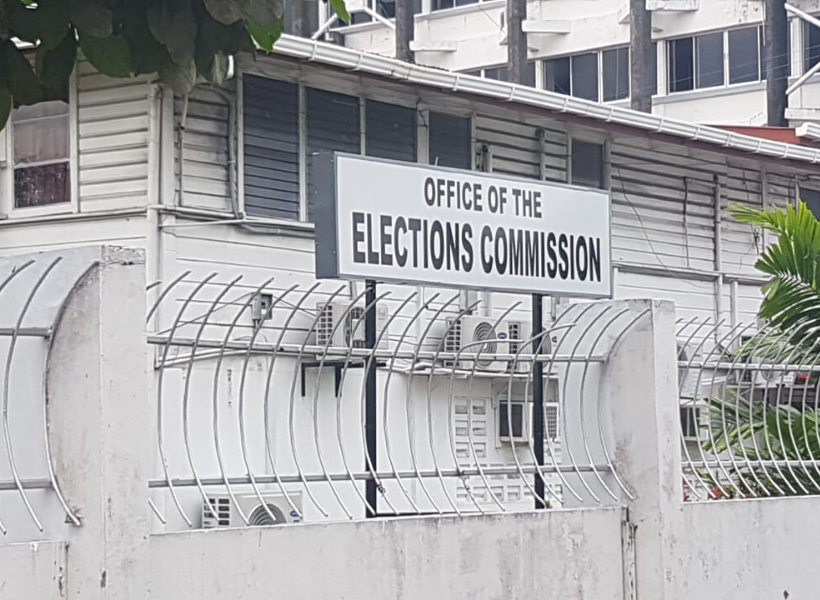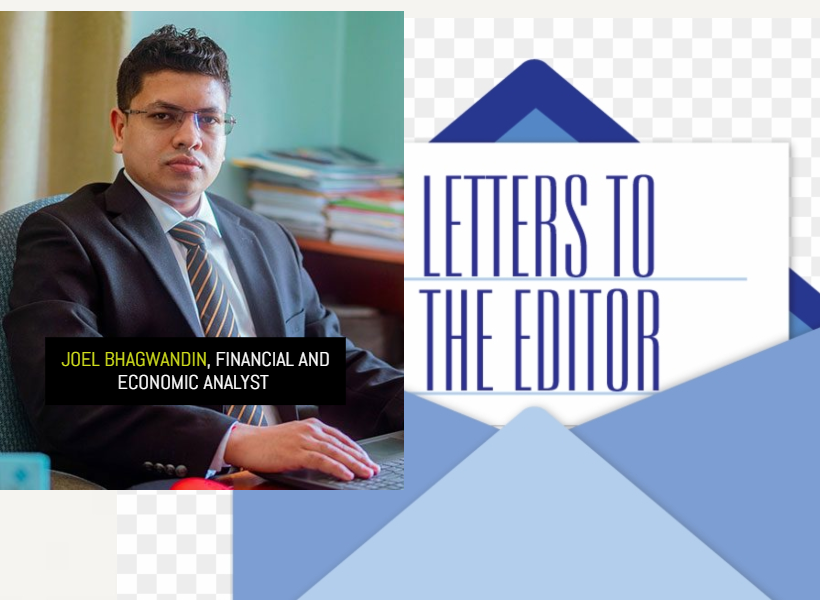Dear Editor,
On August 10, 2023, my essay about constructive criticism was published in the Stabroek News where I wrote about the different types of criticism. In that essay, I referenced Andre Brandli as an example of someone who often engages in naive criticism. Naive criticism is defined as criticism that misses the point, lack of knowledge and due diligence, practical experience and understanding. Incidentally, the learned professor’s essay in the August 10, 2023, edition of Stabroek News and Kaieteur News in response to one of my articles on the increased debt ceiling, exhibited and confirmed my characterization of his criticisms. In light of this, I wish to thank Stabroek News for publishing this essay fully.
Unfortunately, my article that he was referring to was substantially edited by Stabroek News, where about 2/3 of the contents were edited out. So, the table he said I should have included and the source of the data, all of this were included in my original essay which I will represent hereunder and hope that Stabroek News publishes same in its entirety.
Unlike the learned professor, I am not a wishy washy and mediocre financial analyst. The description of wishy washy and mediocrity are more suitable to attribute to my opponent, Andre Brandli. Because if he knew what he was talking about, before he made any assertion that the debt service burden relies exclusively on the oil revenues, he would have first conducted his own analysis. Instead, in his usual uninformed style, he does no analysis, gathers no data, and present no empirical evidence to support his incomprehensively absurd postulations.
In my original article on the subject of debt ceiling, I argued that Guyana’s debt sustainability indicators are well within the sustainable prudential benchmarks. The latest increase of the debt ceiling represents 56.9% of 2022 real-GDP and 45% of the GDP forecast for 2023. As of 2022, the debt-to-GDP ratio was recorded at 26% and debt service to revenue ratio was 7%. This means that 7% of the current revenue of the government is used for debt service payments. Even if the oil revenue is excluded and only consider the debt payments to be serviced by the non-oil economy, the debt repayment represents 12.5% of the non-oil revenue for 2022. This is also well below the sustainable maximum benchmark of 30% of revenue. The external debt-to-GDP ratio as of 2022 was recorded at 11% and projected to grow by one percentage point in 2023 to 12%, while the overall debt-to-GDP forecast for 2023 is 25%.
For context, the debt burden per capita (per person) in the case of Guyana is US$4,679. Conversely, the debt burden per capita of the United States is US$91,743, almost 19 times more than the debt burden per person in Guyana.
Now, let’s test the shadow finance minister’s and Andre Brandli’s argument to determine whether a decline in oil price could actually plunge the economy in a real crisis. 
From the table attached, one would observe that in 2020 the debt-to-GDP ratio represented 24% of overall GDP and 38% of non-oil GDP, while the debt service to revenue ratio was 8% of current revenue. Based on the projections for 2023, the total public debt represents 25% of overall GDP and 78% of non-oil GDP, while the debt service to revenue ratio is 7% of current revenue, and 13% of non-oil revenue. This means that even if oil revenue is nil (in a worse-case scenario), the non-oil revenue is sufficient to service debt payments which is well below the maximum sustainable benchmark of 30%.
Furthermore, from looking at the projected growth in debt repayments from 2020-2023 relative to the projected growth in current revenue for the same period, current revenue is projected to grow by 154% while debt service payments are projected to grow by 107% or by 47 percentage points less than the growth in revenue. As such, this is another good indicator of financial prudence whereby the rate of growth in current revenue is greater than the rate of growth in debt service payments. If the inverse manifests, then there would be cause for concern.
The increase in the debt ceiling is unlikely to pose any detrimental risks for the economy, considering that the debt will be used to assist with financing of infrastructural developments. These are the prerequisites that will aid in creating new industries and new streams of revenue for the country―all within a sustainable economic framework.
In the final analysis, the notions that the level of borrowing is reckless and that declining oil prices could push the economy into a crisis, are farfetched at this point.
Editor, in closing I respectfully submit that Andre Brandli should stay in his lane. He has absolutely no training and experience in finance and economics. He is a professor of Molecular Pathophysiology at the University of Munich, Germany. Yet, he consistently dabbles in thematic areas he has no knowledge of and no training and experience.
Yours respectfully,
Joel Bhagwandin











